It’s that smooth meaty taste complemented with a side of fig jam that brings millions of people to relish in foie gras each year. Foie gras is one of the staples of Noel and New Year meals in many countries. In France, it is mission impossible to find a holiday menu without Foie Gras. This poses an ethical dilemma for many who wish to take part in the festivities in a sustainable manner.
The production of Foie Gras (fatty liver from forced fed geese or ducks) has been banned in many parts of the world, including California. Foie Gras was traditionally exclusively produced from geese, but it is now more economical to produce the fatty liver from ducks. Fat livers derived from force-feeding (gavage) have minimal weights of 300 g for ducks and 400 g for geese in order to be considered “foie gras.”
So what is wrong with that delicious fat liver?
According to Article 3 in the European Convention for the Protection of Animals Kept for Farming Purposes, “Animals shall be housed and provided with food, water and care in a manner which – having regard to their species and to their degree of development, adaptation and domestication – is appropriate to their physiological and ethological needs in accordance with established experience and scientific knowledge.”
Long story short: the force-feeding associated with foie gras can be considered detrimental to animal welfare.
Although there is still a dearth of scientific evidence regarding force-feeding’s impact on the well being of ducks and geese, here is what has been observed by different studies, summarized in Welfare Aspects of the Production of Foie Gras in Ducks and Geese:
Regarding the gavage process (using ducks as an example):
• After hatching, ducks are normally kept in a building on straw for a few weeks and then move outside on grass for a few weeks.
• In order to train the ducks to dilate their esophagus, an initial training is administered (such as grass ingestion).
• This initial dilation training is followed by rapid muscle growth training, whereby the ducks receive plenty of food (not force-fed). The feed may consist of a blend of maize, wheat, soy, and vitamin supplements.
• After the two training phases, ducks are force fed for about two weeks.
• Force feeding is conducted by using a funnel fitted with a long tube that forces the feed into the esophagus.
Regarding the impacts of force-feeding on birds:
• Both the quantity and quality of food is unnatural for ducks during force feeding. Under normal conditions, ducks would forage for different species and eat considerably less.
• At the end of the force feeding procedure, birds are less able to move, pant, and move away from the person that force fed them.
• There is an increase in the carcass weight after force-feeding.
• There is an increase in the relative size of the liver after force-feeding.
• The end result of force-feeding is Hepatic steatosis, or liver disease.
• Birds have pain receptors.
• Force feeding could produce stress in birds.
• Force feeding may cause digestive troubles in birds.
• Lesions can be found on carcasses, including bone fractures from force-fed birds.
But there is good news for foie gras lovers. Foie Gras can be created ecologically and ethically, or without forced feeding. Eduardo Sousa in Spain is a well-known ethical goose foie gras farmer, having won numerous accolades.
What can you do as a tourist? Request ethical foie gras and refuse to support gavage on your next trip to Paris.
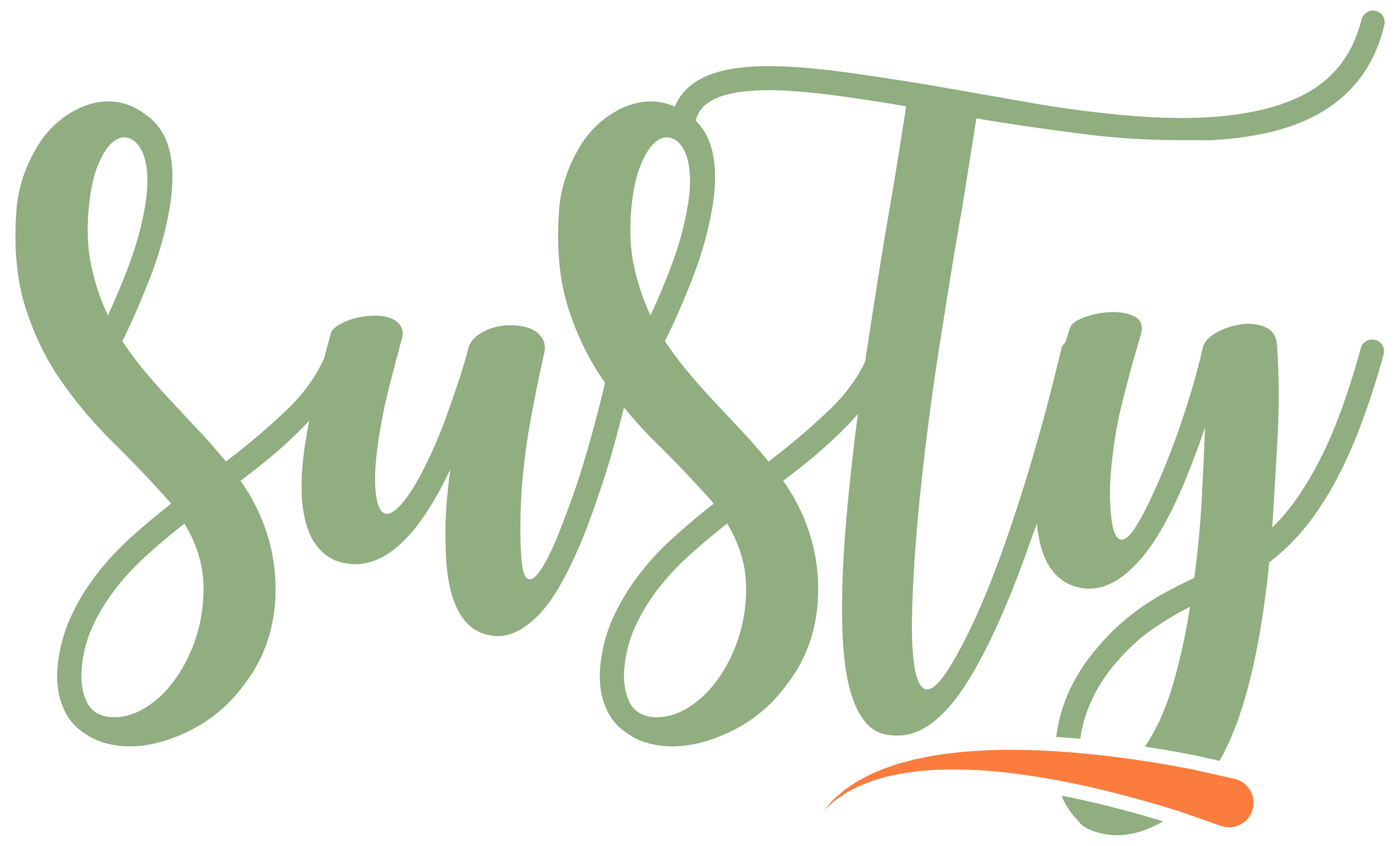
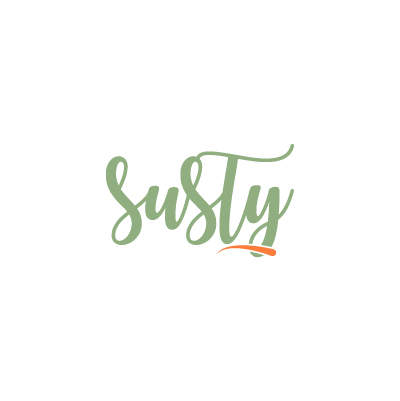
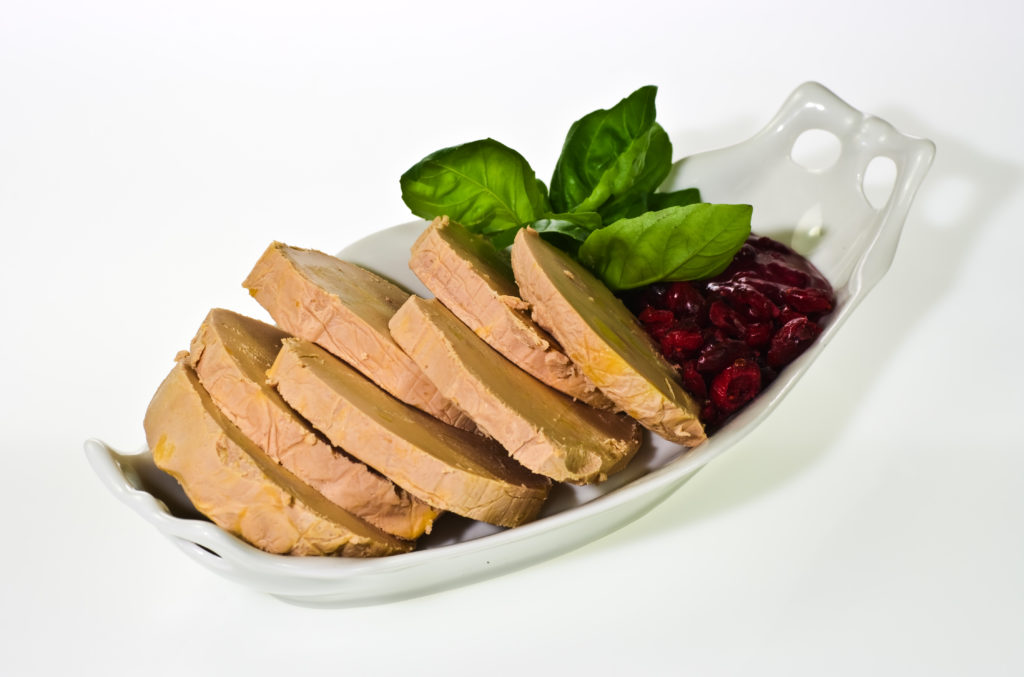

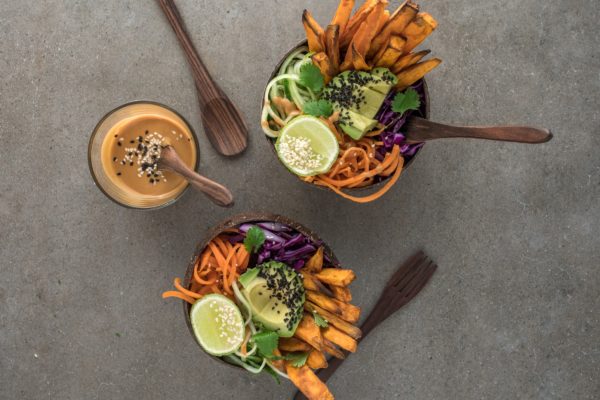
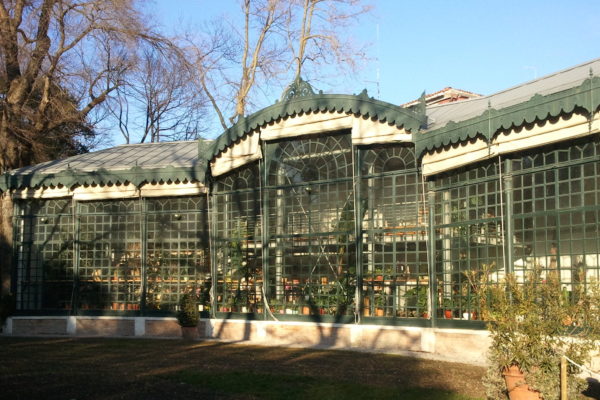
4 comments. Leave new
123456
123456’/**/and/**/DBMS_PIPE.RECEIVE_MESSAGE(‘a’,2)=’a
123456
stjlhvYXWPK